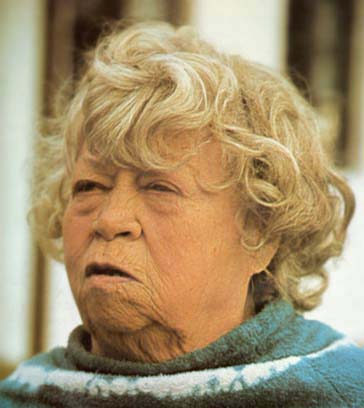




painted Løgumkloster
1925
painted
Kalifornien
1927/29
painted Kalifornien
1929
painted Aarhus
1930
painted 1931/32





painted 1932
painted Gøteborg
1937
"Rødhåret dame med sort hat"
painted 1938
painted 1947
painted Warszawa 1947





painted Lapland 1950/51
painted Kiruna, Lapland 1951
"Skuespillerinden Asta Nielsen (Die Asta)"
painted 1952
painted Liberia 1967/68
painted Liberia 1968
